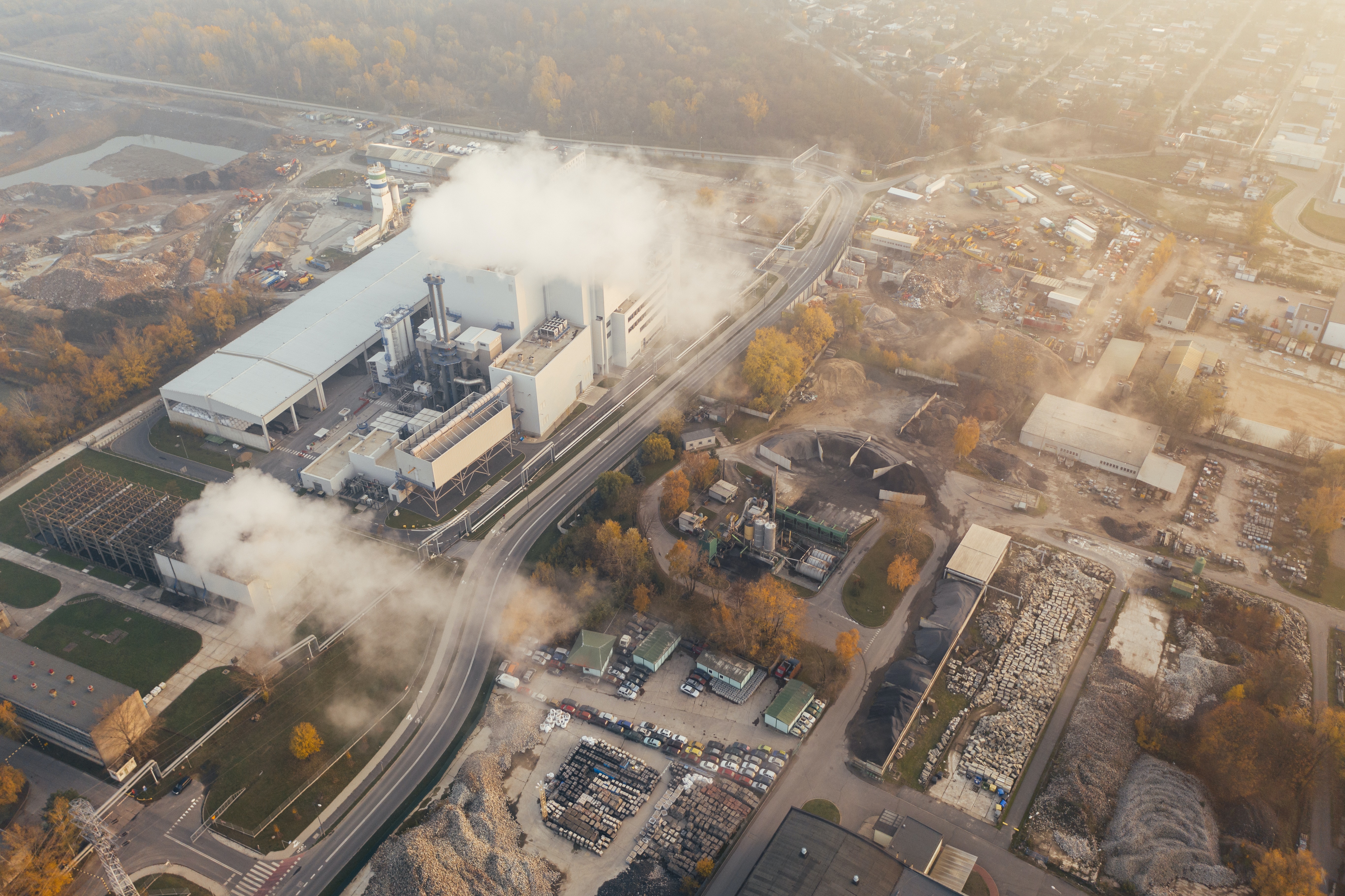Media release
From:
Climate: Reporting consensus needed to protect climate targets (N&V)
Differences in how carbon emissions are measured may be skewing climate change mitigation targets, reports a study published in Nature. The way in which countries and scientific models define carbon emissions associated with land use must be aligned to reduce the chances of exceeding the goals outlined in the Paris Climate Agreement. The study proposes a method for resolving these discrepancies, which suggests that the world needs to reach net-zero carbon emissions sooner than previously thought.
Many countries have made net-zero carbon and greenhouse gas emission pledges in an attempt to limit global warming. However, discrepancies in how the Intergovernmental Panel on Climate Change (IPCC) and national greenhouse gas inventories (NGHGIs) define anthropogenic (human-caused) carbon emissions mean that country targets are not aligned with scientific benchmarks.
Matthew Gidden and colleagues use a model to re-analyse IPCC emission pathways to align them with country reporting conventions. The authors then observe how the divergence between the two sets of data would evolve in pathways under different climate targets (1.5 versus 2 °C of warming). This revealed that key mitigation targets become harder to achieve when using NGHGI reporting conventions and would require both lower emissions overall and a more rapid decline to net zero. For example, under 1.5 °C scenarios, net-zero emissions may need to be reached up to 5 years earlier than previously estimated. Crucially, when aligned to NGHGIs, carbon emissions in 1.5 and 2 °C scenarios associated with the land-use sector (including, for example, forestry, agriculture and cropland) may begin to rise again by mid-century and could result in this sector becoming a net source of emissions by 2100.
These results provide evidence that can be used to meaningfully compare climate datasets, the authors conclude. “The method enables nations to update and refine their benchmarks and targets so that they can report a true net zero — one that is consistent with the IPCC goals of stabilizing the climate, but that can be tracked using NGHGI conventions”, write Chris Jones and Alexander Askew in an accompanying News & Views.



 International
International



